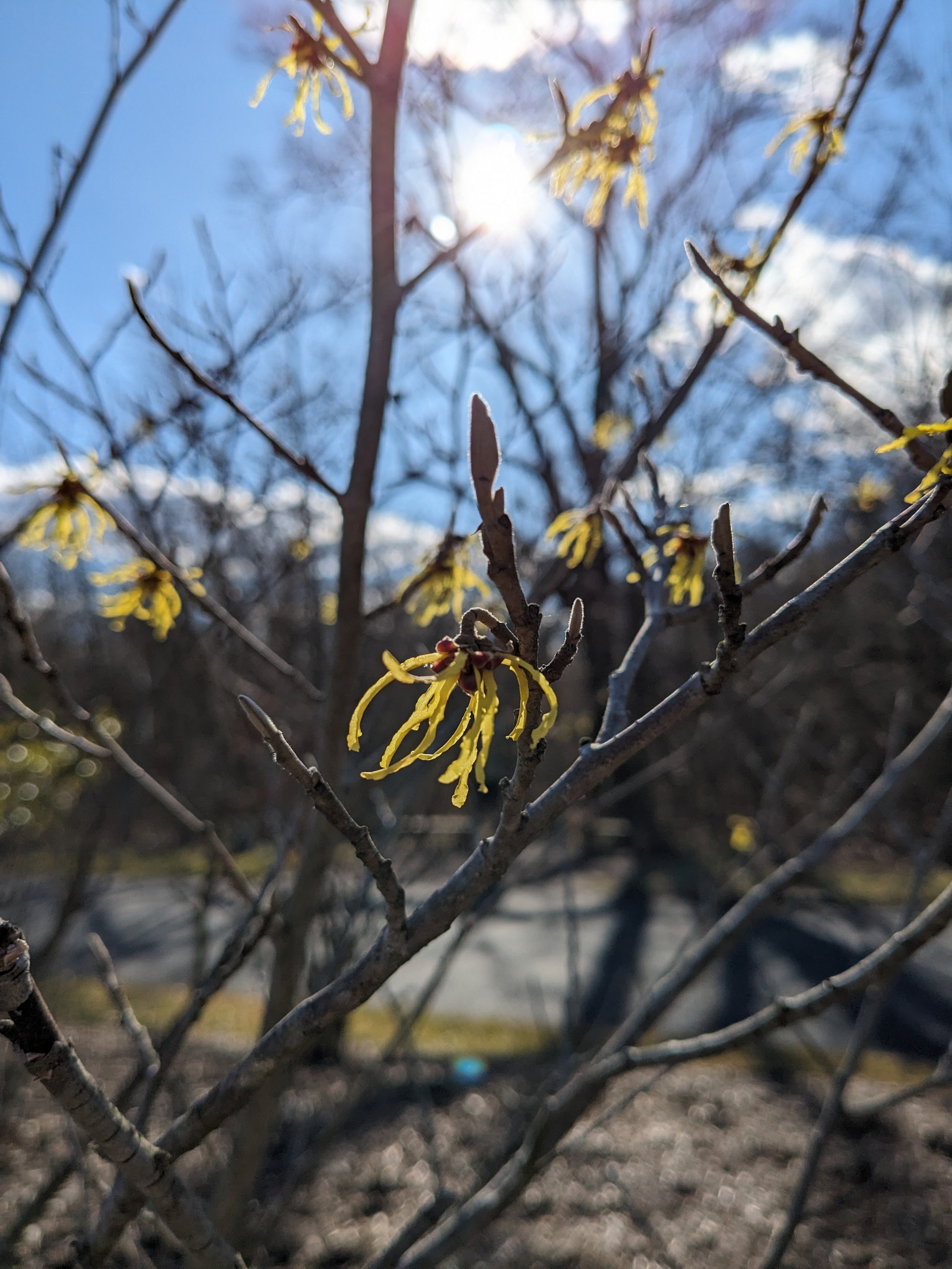Details
-
Yellow
-
Fall, Winter
-
Yellow
-
10-15ft tall on average, but can grow 20-30ft in ideal conditions
-
Dry, Medium
-
Full, Partial, Shade
-
Witch Hazel Dagger Moth
Drexel’s Datana -
FACU - usually occurs in non-wetlands, but can occur in wetlands
-
Double dormancy


